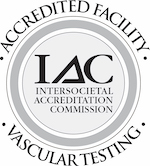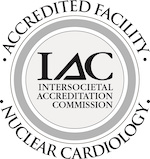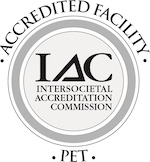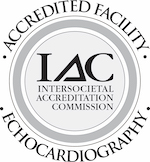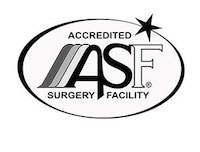Three Hard and Fast Rules for Avoiding Varicose Veins
As we age, the risk of developing varicose veins increases. In fact, most people over the age of 60 will develop varicose veins at some point in their lives. True, we all want to stay young and many of us act young, but ultimately our true age catches up to us. Varicose veins are no exception. As with most bodily functions, veins become weaker with age and are prone to stretching and enlarging. Despite their prevalence, the risks of varicose veins can be reduced through commonsense, easy lifestyle changes. Here are the three hard and fast rules for avoiding their development.
- Stay hydrated. Hydration is key to all of our bodily systems and staying healthy, regardless of our medical history. Staying well hydrated can also improve cardiovascular systems in general. This is no different with varicose veins. Blood plasma is over 90% water and hydration is necessary for proper blood flow, which can reduce the incidence and severity of varicose veins.
- Try not to sit or stand stationary for long periods. In much the same way that deep vein thrombosis (DVT) forms in the extremities by not being active, so too can varicose veins. When we sit or stand for long periods of time without moving around, blood can tend to pool and lead to clots in the superficial veins – this can increase the risk of developing spider veins or varicose veins or worsen an existing condition.
- Lose weight by getting more active. While becoming more active can increase blood flow and avoid stagnant blood, losing weight makes those benefits more permanent. Weight loss can lead to lower cholesterol, lower blood pressure, lower blood glucose levels and better vein health when active or at rest.
Let’s Debunk a Varicose Vein Myth
You may have been told – don’t cross your legs for long. Crossing one’s legs creates an environment for stagnant and pooling blood, especially in the extremities. However, it is no longer considered a primary CAUSE of varicose veins. As the blood begins to pool, it can put pressure on the veins, widening them and rendering their valves less efficient. We suspect that this effect WORSENS existing varicosity. The result is the continued enlargement of the vein and the unsightly and often uncomfortable results.
There is one more rule to consider however…while there are ways to reduce the risk of varicose veins, they may still occur despite your best efforts. Fortunately, the most common varicose vein treatments are safe, effective and come with minimal downtime. You can learn more about treatment for smaller varicose veins in the form of an ambulatory phlebectomy, endovenous laser ablation or RF ablation of the vein.
Lastly, it is important to seek a diagnosis for varicose veins, even if it seems obvious…why? Varicose veins may be a sign of an underlying vein disorder, may lead to poor healing leg ulcers and may even rupture, causing additional problems. The Huntington Heart Center sees vein patients and performs in office therapies at our offices on Long Island. We offer comprehensive and comfortable options for any varicose vein manifestation and we can also help rule out underlying vein issues that may be causing the problem. Contact us to learn more.

